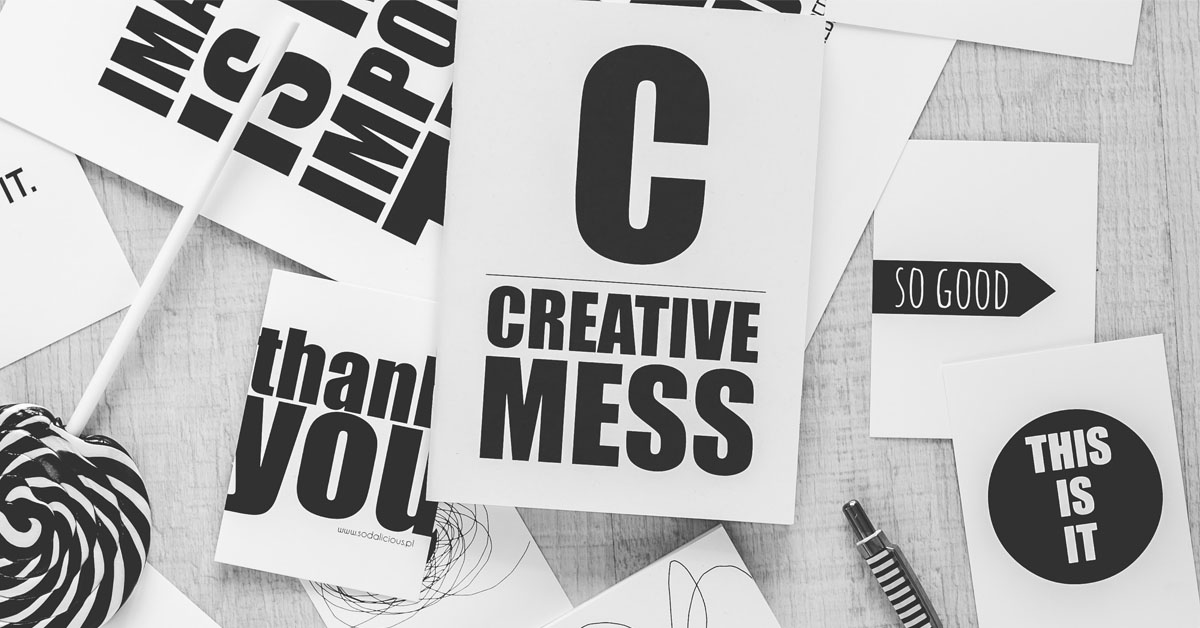From Fonts to Fabric: Exploring Typography’s Impact on T-shirt Design
In the realm of design, where creativity breathes life into every element around us, the collaboration between typography and T-shirt design comes up with a captivating storytelling. The Impact of Typography on T-shirt design beats the ordinary, brightening the profound influence that font choices, styles, and arrangements wield in shaping visual and emotional appeal.
Typography ceaselessly speaks to us, subtly tells stories. The careful selection of fonts has the remarkable ability to evoke nostalgia, convey modernity, or even ignite a sense of playfulness. It’s more than just the art of arranging letters; it’s a language that resonates with both the wearer and the observer.
As we embark on a journey to unravel the intricate relationship between typography and T-shirt design, we discover that this fusion isn’t just about aesthetics – it’s about giving words a visual life, a powerful tool that captures attention, communicates messages, and transforms fabric into wearable art.
TABLE OF CONTENT
- What is Typography?
- The significance of T-shirt design as a canvas
- Influence of Typography on T-shirt Design Trends
- Typography’s Multifaceted Role in T-Shirt Design
- Historical Evolution of Typography in T-shirt Design
- Typography for Branding Through T-shirt Design
- Typography, Readability, and Wearability
- The Role of Typography in Limited Edition and Artistic T-shirt Designs
What is Typography?
 Typography is the art and technique of arranging fonts and textual elements to effectively communicate ideas and messages. It involves selecting fonts, sizes, spacing, and layout to convey a message or evoke an emotion.
Typography is the art and technique of arranging fonts and textual elements to effectively communicate ideas and messages. It involves selecting fonts, sizes, spacing, and layout to convey a message or evoke an emotion.
Fonts and layouts aren’t mere text; they’re tools that bridge language and emotion, capturing attention and conveying messages. In a world where individuality reigns, typography customizes content, offering uniqueness in style and substance. The allure of typography grows, much like the custom laser engraving trend, as it crafts distinct stories within design’s evolving landscape.
The Significance of T-shirt Design as a Canvas
Typography plays a vital role in the world of design, and when it comes to T-shirt design, it becomes a powerful tool for conveying messages, setting the mood, and creating a lasting impression.
T-shirt design, as a canvas, allows designers to experiment with typography in unique ways that can captivate, inspire, and even provoke emotions in the viewer. It represents a powerful fusion of fashion, art, and self-expression as well.
The significance of T-shirt design as a canvas for typography cannot be overstated. T-shirt designed with typography represents:
- A brand identity.
- A bridge that erases the gap between fashion and art.
- An effective storytelling through a witty slogan, a motivational quote, or a bold statement.
- A powerful fusion of fashion, art, and self-expression.
- A visual language that expresses thoughts, beliefs, and styles.
Typography has the unique ability to evoke emotions and resonate with people on a personal level, making T-shirts not just garments but canvases for self-expression.
Click here to know how to start your online T-shirt business successfully.
Influence of Typography on T-shirt Design Trends
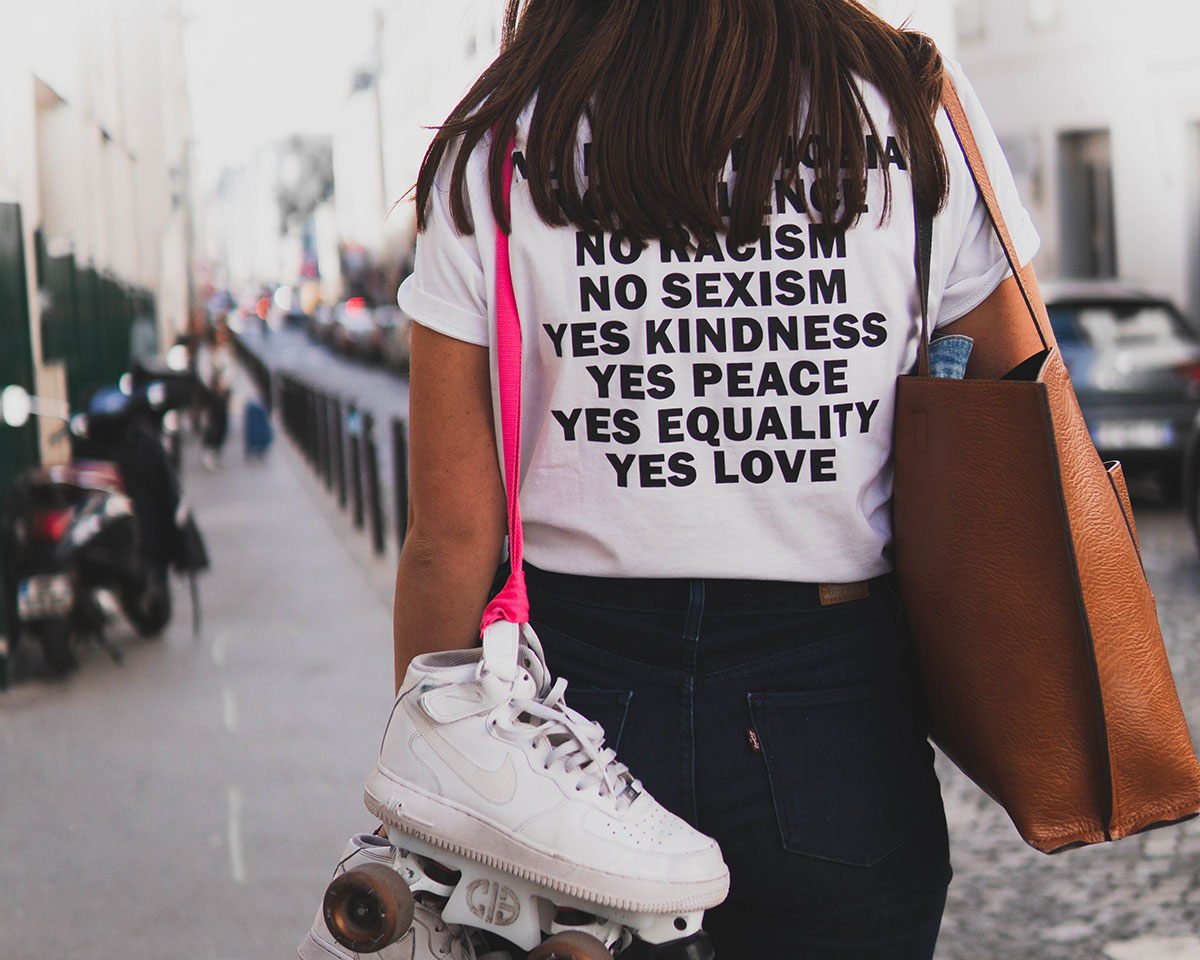 The influence of typography on T-shirt design trends is profound. It has shaped the way we express ourselves through fashion. Besides, it allows designers to push creative boundaries. Typography, as the art of arranging and designing text, plays a pivotal role in determining the aesthetic and communicative qualities of a T-shirt.
The influence of typography on T-shirt design trends is profound. It has shaped the way we express ourselves through fashion. Besides, it allows designers to push creative boundaries. Typography, as the art of arranging and designing text, plays a pivotal role in determining the aesthetic and communicative qualities of a T-shirt.
- Typography and Customer Psychology: Typography sets the tone and mood of a T-shirt design. The choice of font, its size, style, and placement all work together to convey a specific message or evoke a particular emotion. Bold, blocky fonts can make a T-shirt appear confident and assertive, while elegant, cursive scripts can add an air of sophistication.
- Infusing Cultural Flavor: Designers often experiment with typography to create designs that resonate with the on-going cultural trends. For example, vintage-inspired fonts may be used to evoke nostalgia, while modern, minimalist typography can capture a sense of sleek contemporary style. Typography, in this sense, is a reflection of cultural trends and societal shifts.
- The Visual Influence of Typography on T-shirt Design: Typography helps establish a visual hierarchy within the design. Key information such as the main message or brand name is usually emphasized with larger fonts or bolder styles. Supporting details or secondary text are presented in a complementary manner.
Typography’s Multifaceted Role in T-Shirt Design
When it comes to T-shirt design, typography isn’t just an afterthought; it’s a powerful tool that can transform a simple garment into a captivating canvas of self-expression. The impact of typography on T-shirt design goes far beyond choosing fonts; it influences the way we perceive, connect, and resonate with the design itself. Typography on T-shirt design isn’t just about letters – it’s about storytelling, emotion, and brand identity.
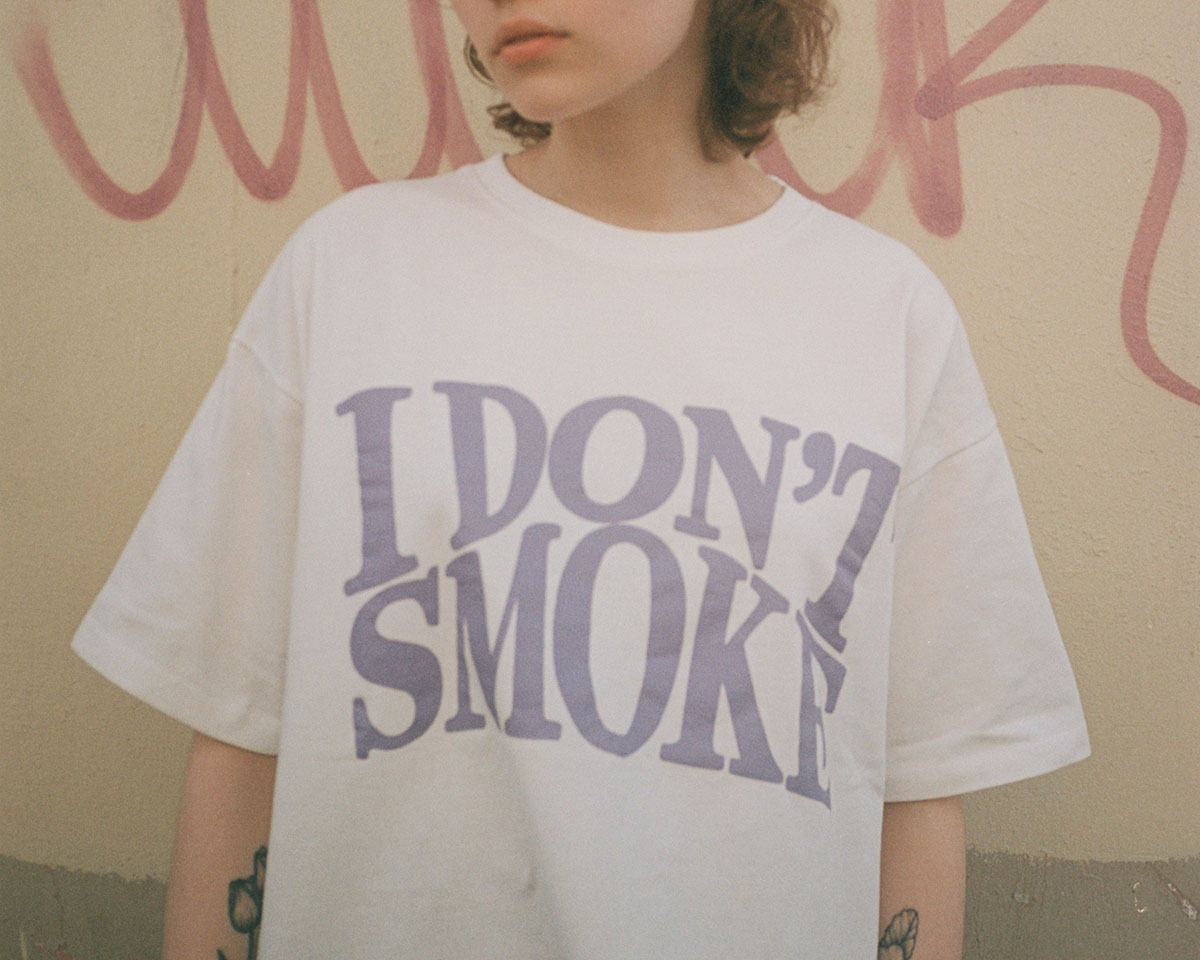 Moreover, typography isn’t limited to words alone. It seamlessly integrates with graphic elements, enhancing their impact and reinforcing the design’s narrative. Think of a bold quote on a T-shirt, the words becoming a statement that speaks directly to the wearer’s beliefs or emotions. The careful balance of font size, spacing, and placement ensures that the typography doesn’t just adorn the fabric, but becomes an integral part of the design’s soul.
Moreover, typography isn’t limited to words alone. It seamlessly integrates with graphic elements, enhancing their impact and reinforcing the design’s narrative. Think of a bold quote on a T-shirt, the words becoming a statement that speaks directly to the wearer’s beliefs or emotions. The careful balance of font size, spacing, and placement ensures that the typography doesn’t just adorn the fabric, but becomes an integral part of the design’s soul.
- Message and Communication: Typography is a powerful tool for conveying messages on T-shirts. It allows designers to showcase slogans, quotes, or brand names prominently. The choice of fonts, colors, and layout can make the message clear and memorable.
- Emotional Impact: Different fonts evoke different emotions. Serif fonts may convey a sense of tradition and reliability, while sans-serif fonts can appear modern and clean. Script fonts often suggest elegance and personalization. Designers select typography that aligns with the emotional tone they want to convey.
- Color Choices: The color of the text can significantly affect the design’s impact. It’s essential for readability to have contrast between the text and the background. Additionally, color choices can evoke specific emotions or associations. For example, red might convey energy or passion, while blue may suggest calmness or trust.
- Font Selection: The choice of fonts is critical in T-shirt design. Different fonts have distinct personalities and associations. For instance, a vintage-style design might use a retro font, while a tech-themed shirt could employ a futuristic, sci-fi font. Handwritten or hand-lettered fonts create a personal and authentic feel.
- Typography Placement: The placement of text on the T-shirt matters. Designers often consider factors like the chest area, sleeve, or even an all-over print. The typography’s placement can contribute to the overall composition and style of the design.
- Negative Space: The space around and within the typography is essential. Effective use of negative space can draw attention to the text, making it more readable and aesthetically pleasing.
- Typography and Graphics: Typography can be integrated with graphic elements in T-shirt design. For example, text can wrap around an image or be incorporated into an illustration. This integration can create a harmonious and engaging design.
- Cultural and Trend Considerations: Typography trends evolve over time, and designers often take cultural references and current trends into account. Staying current with typography trends ensures that T-shirt designs remain relevant and appealing to the target audience.
- Brand Identity: Typography is a crucial element in building and reinforcing brand identity. Consistent use of specific fonts and styles in T-shirt designs helps establish a recognizable brand presence.
Historical Evolution of Typography in T-shirt Design
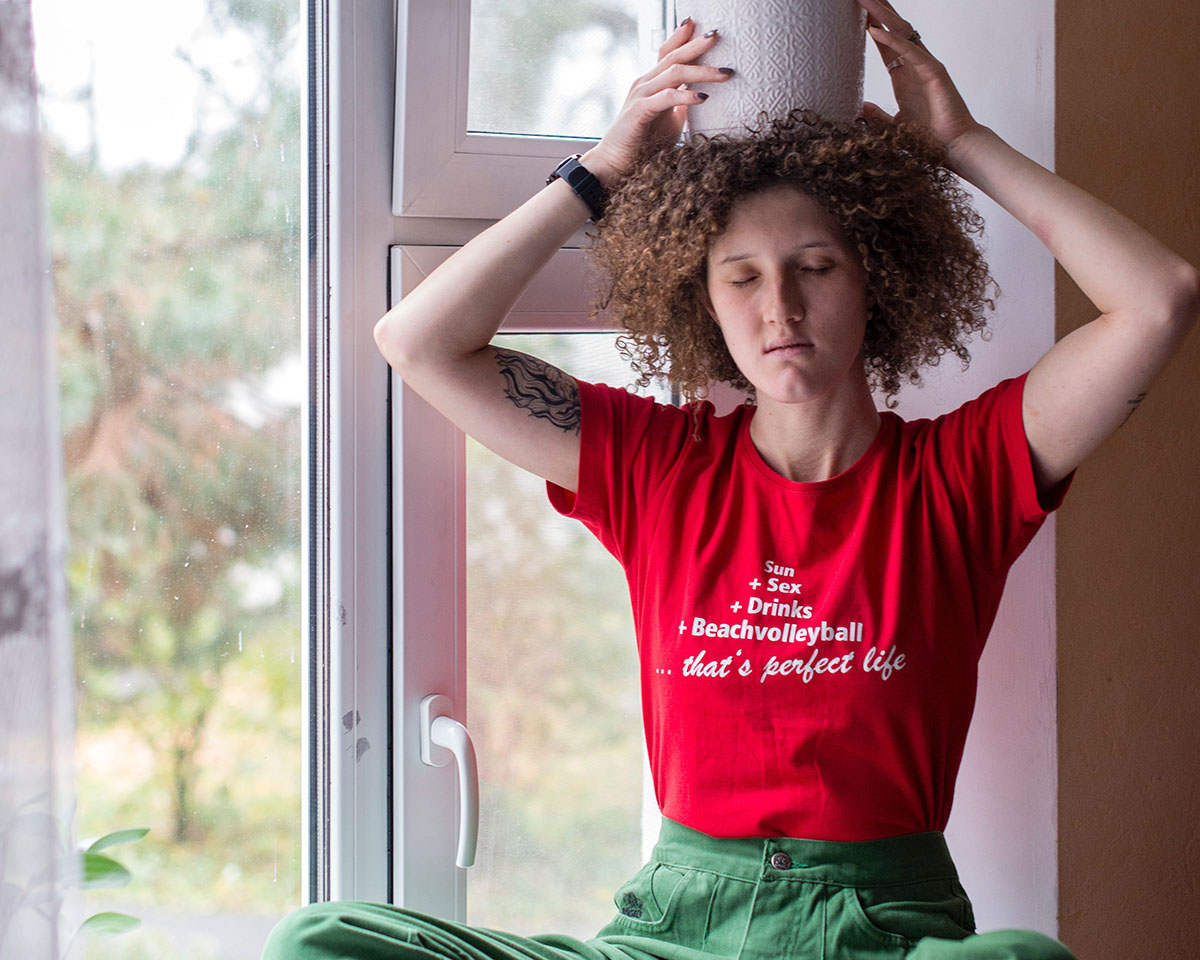 The historical evolution of typography in T-shirt design is a captivating journey that mirrors the changes in graphic design and cultural landscapes over the past century.
The historical evolution of typography in T-shirt design is a captivating journey that mirrors the changes in graphic design and cultural landscapes over the past century.
- Early 20th Century: T-shirt typography was basic, primarily used for utilitarian purposes. The 1950s and 1960s saw the emergence of expressive typography associated with counterculture movements.
- 1980s: The digital era ushered in intricate and stylized fonts, giving rise to iconic typographic designs characterized by vibrant colors and neon hues.
- 1990s: Grunge and streetwear aesthetics popularized distressed and hand-drawn lettering, reflecting the DIY ethos. Logos and branding became prominent on T-shirts.
- 21st Century: Digital technology and e-commerce led to a proliferation of personalized typographic designs. Social media expanded the reach of independent designers, fostering innovation.
- Recent Years: Minimalist and vintage-inspired typography has become a prevailing trend, reflecting a desire for authenticity and a break from digital overload.
Typography in T-shirt design has evolved in response to art, culture, and technology. It has served as a means of self-expression, a vehicle for social statements, and a symbol of cultural trends. Its future evolution will continue to shape our visual landscape.
Typography for Branding Through T-shirt Design
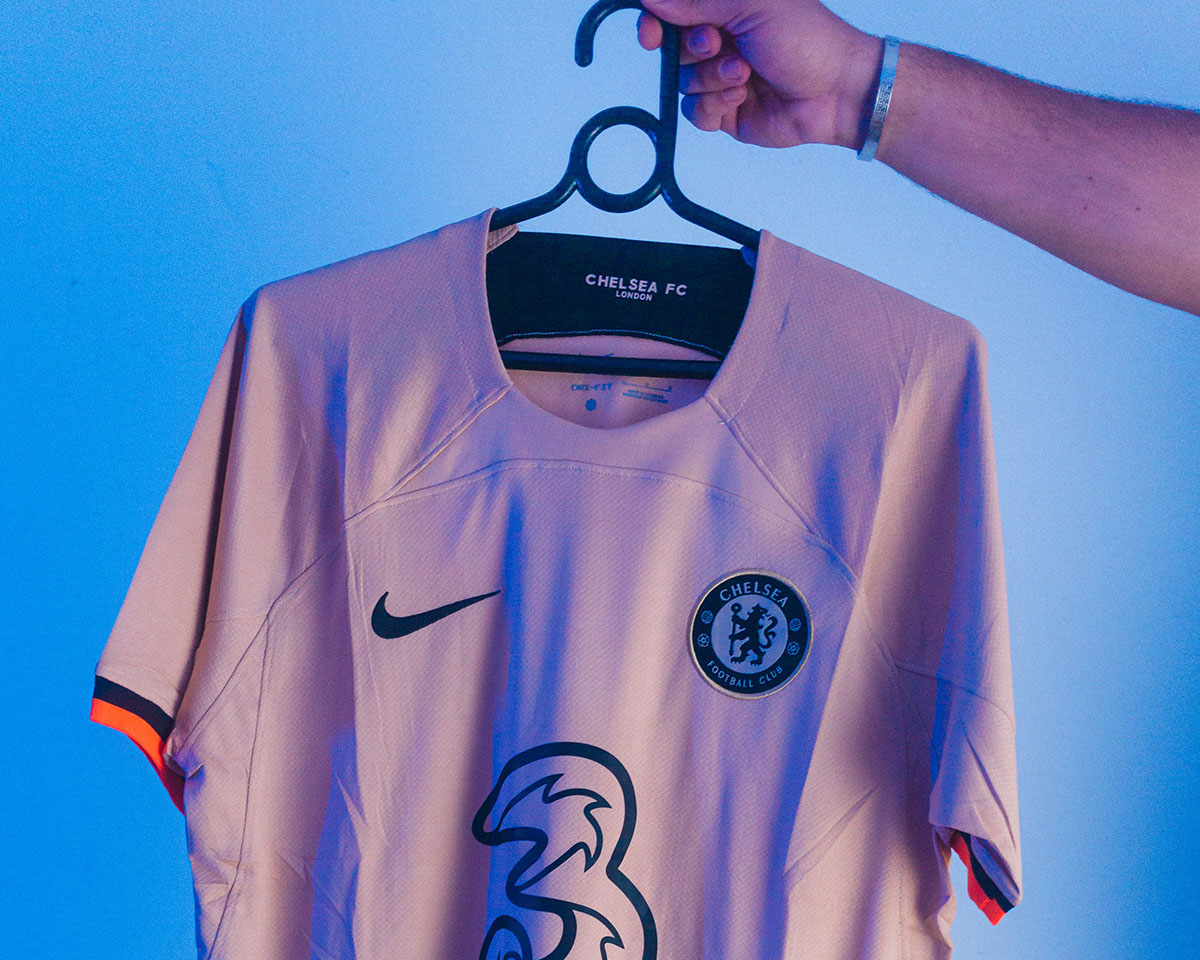 Typography is a crucial aspect of T-shirt design that profoundly influences branding. T-shirts are more than mere clothing; they serve as canvases for conveying a brand’s identity, values, and message. Choosing the right typography is a strategic decision that can either enhance or harm a brand’s image.
Typography is a crucial aspect of T-shirt design that profoundly influences branding. T-shirts are more than mere clothing; they serve as canvases for conveying a brand’s identity, values, and message. Choosing the right typography is a strategic decision that can either enhance or harm a brand’s image.
- Typography establishes a brand’s visual identity by selecting fonts and text arrangements that align with the brand’s personality and audience. Consistency in typography reinforces brand recognition.
- Typography communicates a brand’s values and ethos through the tone, style, and message conveyed on T-shirts. It helps create an emotional connection with consumers by reinforcing the brand’s commitment to specific values.
- Typography enables storytelling on T-shirts, allowing brands to share their journey, milestones, or unique story. This narrative element engages customers and humanizes the brand.
- Typography is essential in creating memorable logos, integrating fonts into iconic symbols that are instantly recognizable.
- Typography can evoke emotions and spark conversations through font size, color, and placement. It can convey strength, elegance, humor, and more.
- Typography extends to digital content and social media, reinforcing brand identity in the online sphere.
Typography is a vital tool in T-shirt design, offering a versatile means of conveying a brand’s identity, values, and message. It establishes a visual identity, communicates values, tells stories, and even extends to digital branding in the modern era. Typography is integral to branding and fashion.
Typography, Readability, and Wearability
Typography, readability, and wearability are inseparable considerations in T-shirt design. Typography, the art of arranging and designing text, plays a pivotal role in determining how readable and wearable a T-shirt will be.
The choice of fonts, letter spacing, and text size must strike a delicate balance between aesthetics and functionality. Fonts that are overly ornate or intricate may look visually appealing but can hinder readability when applied to T-shirts, making the text hard to decipher. On the other hand, overly simple fonts may lack the desired visual impact. Achieving the right balance ensures that the message or design on the T-shirt is both aesthetically pleasing and easy to read.
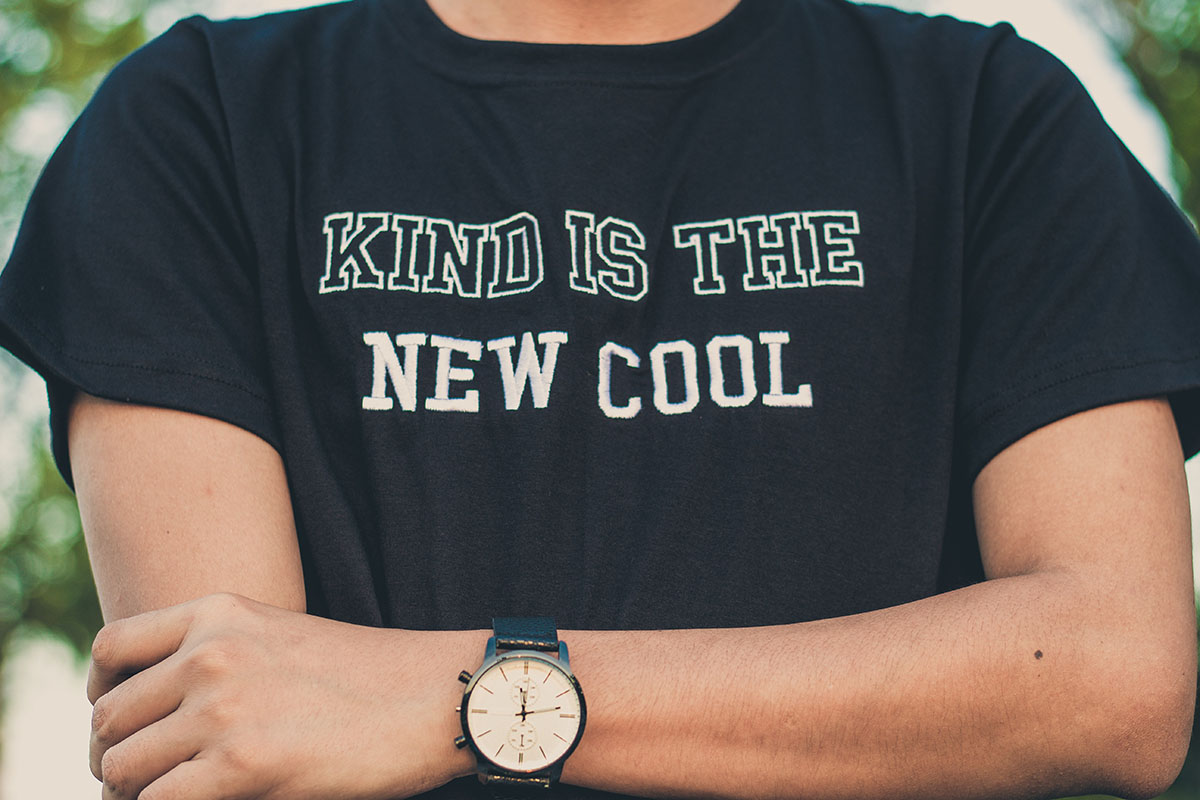 Readability is especially crucial when the T-shirt carries a message or brand name, as the intended audience must quickly and effortlessly grasp the content. Text size should be appropriate for the garment’s size, ensuring that the message is legible from a comfortable viewing distance. Additionally, considering the color of the text and its contrast with the background fabric is essential to enhance readability.
Readability is especially crucial when the T-shirt carries a message or brand name, as the intended audience must quickly and effortlessly grasp the content. Text size should be appropriate for the garment’s size, ensuring that the message is legible from a comfortable viewing distance. Additionally, considering the color of the text and its contrast with the background fabric is essential to enhance readability.
Furthermore, wearability depends not only on the choice of typography but also on its placement on the T-shirt. Ensuring that the text does not feel uncomfortable or restrictive when the garment is worn is vital. Strategic positioning, such as on the chest or back, contributes to the overall comfort and wearability of the T-shirt.
In essence, typography that prioritizes readability while maintaining a sense of style and aesthetics enhances the overall wearability of T-shirt designs, ensuring that they are not only visually appealing but also practical for everyday use.
Click here to know 25 ways to style your graphic tees.
The Role of Typography in Limited Edition and Artistic T-shirt Designs
Typography is a vital element in limited edition and artistic T-shirt designs. It serves as a powerful tool for communication, artistic expression, and brand identity. Limited edition T-shirts use typography to convey exclusivity through font choices and text arrangements. Artistic T-shirt designs rely on typography to communicate messages, themes, or concepts that enhance the overall artistic vision. Typography can tell stories, evoke emotions, and provoke thoughts, adding depth and context to the design.
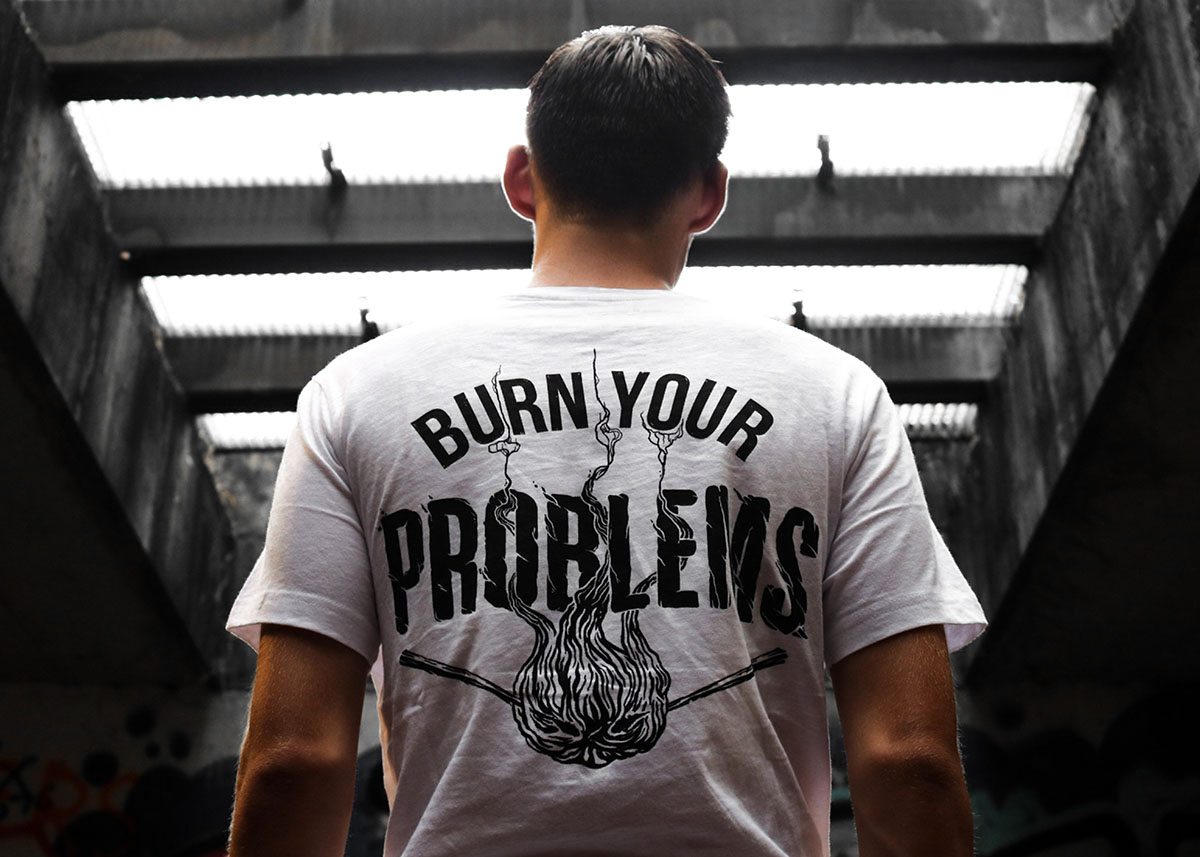 Moreover, typography allows artists and designers to experiment with creative concepts that push the boundaries of conventional design. Customized fonts, hand-drawn lettering, and innovative text placement can transform a T-shirt into a wearable work of art. Limited edition and artistic T-shirts often attract collectors and enthusiasts who appreciate the creativity and uniqueness of the designs, and typography is a key element in captivating their attention.
Moreover, typography allows artists and designers to experiment with creative concepts that push the boundaries of conventional design. Customized fonts, hand-drawn lettering, and innovative text placement can transform a T-shirt into a wearable work of art. Limited edition and artistic T-shirts often attract collectors and enthusiasts who appreciate the creativity and uniqueness of the designs, and typography is a key element in captivating their attention.
Furthermore, typography plays a crucial role in reinforcing the brand identity and vision in limited edition and artistic T-shirt designs. By consistently using specific fonts or lettering styles, whether for a clothing line, art collective, or individual artist, it creates instant recognition and a strong brand presence within the niche market. Typography becomes a signature element that connects different T-shirt designs, contributing to a cohesive artistic or brand narrative. In essence, typography goes beyond its functional role and becomes an integral part of storytelling and artistic expression in these T-shirt designs.
Final Words
In the end, the impact of typography on T-shirt design is undeniable. It’s not just about the fonts we choose, but how we wield them to communicate, resonate, and captivate. Typography on T-shirt design holds the power to transform a blank canvas into a work of art that reflects individuality, conveys messages, and leaves a lasting impression on both the wearer and the beholder. It’s a symphony of letters, style, and substance that elevates T-shirt design to a whole new level.

